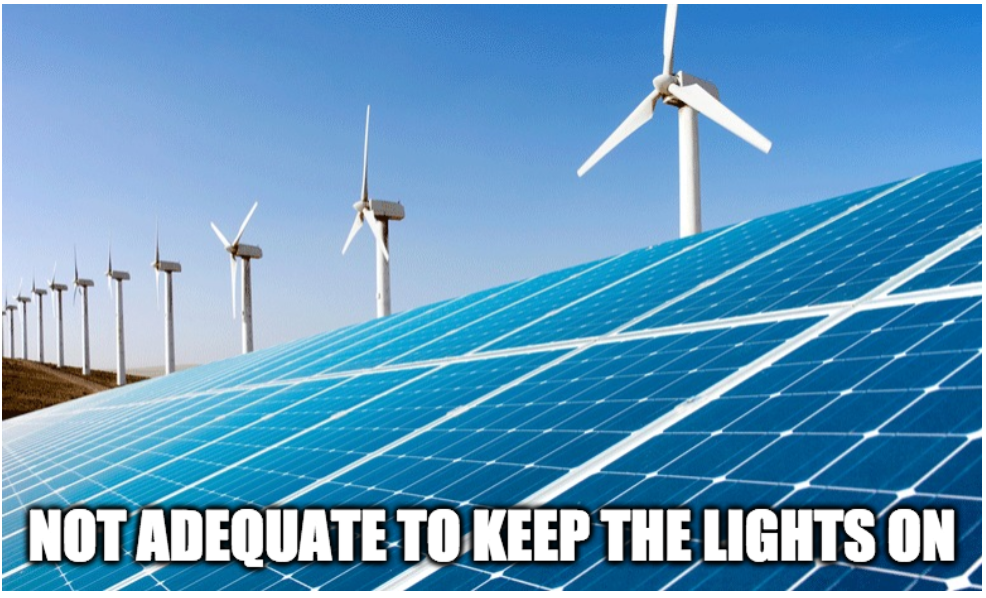Lake said this summer, the riskiest hours on the hottest days could be closer to the 9 p.m. timeframe when solar power goes away with the sunset.
"It's still hot at 9 p.m. The sun sets faster than the atmosphere cools, and our solar generation is all gone. So at that point in the day, we will be relying on wind generation,” he said. "If the wind does not pick up, we will have to rely on our on-demand, dispatchable generators. And the data is showing us that on our hottest days under a certain set of circumstances, we may not have enough on-demand, dispatchable generation to cover the gap between when the sun sets -- and we lose the solar -- and when our wind generation picks up.”
So if there's not enough wind on those hottest days, outages are possible after sunset.
SPP has issued a resource advisory for its 14-state balancing authority area in the Eastern Interconnection next week, effective Monday at 10 a.m. CT through 8 p.m. Tuesday, because of an expected shortfall from wind resources and generating units offline on maintenance outages.
The difference is a forecast that projects wind energy to be significantly lower during the advisory period.
"Relatively low wind volatility but low production levels can stress some of our operations conditions as we do have a lot more wind in our system than we have had in the past," Kuzman said. MISO's summer wind forecasts tend to be off by 800-1,200 MW, and there is usually a falloff of wind output in August, he said.
Power supplies in the US PJM Interconnection could get dangerously tight this summer if there is high demand and high outages -- a situation that would require the grid operator to rely on demand response to maintain reliability, Mike Bryson, senior vice president of operations at PJM, said May 4.
When PJM looked at the combination of unexpectedly high demand and high outages, it saw "for the first time that we would be below operating reserves for the summer," Bryson told a meeting of the Illinois Commerce Commission.
Here's a good article on how and why this resource inadequacy is spreading like the plague.
“What other states do has a great effect on the grid. For example, any of the [PJM] states that say they’re going to go completely green or clean or whatever you want to call it — they say they’re not going to use any more fossil fuel. Well, that means they’re going to rely on someone else to provide power for them in those times when these clean and green energy projects don’t work. They’re intermittent; they depend on the time of day. The example I use is: Where does the power come from for a solar array at three o’clock in the morning?”
Are these the solutions the clean energy peddlars and our bloated, woke government see? They'll be the first to scream when the lights go out.
“There are two solutions: There will be certain times when you operate your appliances or charge your car or whatever, or there will be rolling blackouts. Neither of those sound like very good options to me.”

 RSS Feed
RSS Feed